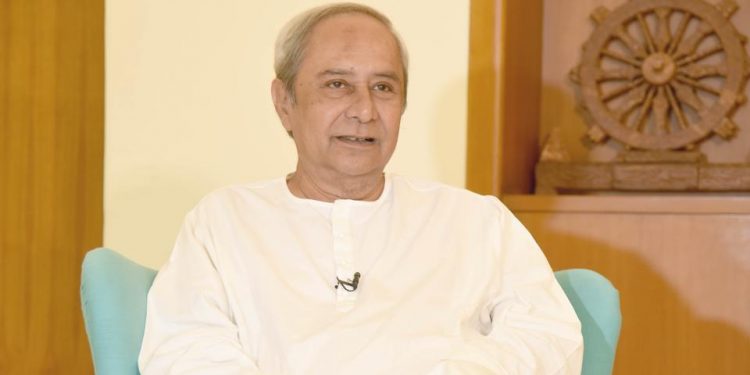Bhubaneswar: Taking note of bus accidents besides arduous long journeys while bringing migrant workers from Surat back home, Odisha Chief Minister Naveen Patnaik Tuesday ordered that in the future returnees from the Gujarat’s city should be ferried here only by trains.
Three accidents have occurred since Saturday night while transporting Odias from Surat to the state, mostly in Ganjam district, killing two people and leaving several others injured.
Patnaik gave this direction to the officials while chairing a review meeting on COVID-19 situation.
While a bus had an accident Saturday night causing minor injuries to some, two buses ferrying migrants had met with accidents on a hilly road in the state on Sunday leading to two deaths and injuries to several people.
Besides accidents, the chief minister’s decision was also prompted by difficulties faced by the travellers, particularly women and children, a covering long distance of over 1600 km by road.
Nearly three lakh Odia workers mostly from the Ganjam district are engaged in diamond cutting and other works in Gujarat’s Surat city.
Two Shramik special trains ferried 2,400 odisha natives Monday night to Brahmapur in Ganjam district from Surat.
State’s Chief Secretary A K Tripathy told PTI that around 87 buses were booked to bring back migrants from Surat to the state, out of which about 20 have already completed the task and the rest will now be cancelled in the light of the CM’s instruction.
The meeting also took some important decisions regarding more people flying to the state from abroad due to worsening of the global pandemic situation.
The meeting resolved that the foreign returnees need to undergo the same procedure as done in the case of migrant workers and others returnees from the states reporting high number of cases within the country.
Like the migrant workers, the people keen to return from abroad also have to make compulsory registration, corona testing and undergo 14-day mandatory quarantine, an official said.
More than 4,000 persons had flown back home in Odisha from other countries before outbreak of the coronavirus in March and their number may now increase after central government’s decision to fly more stranded citizens from abroad, the official added.
Keeping in view the influx of people, both from within the country and abroad, the chief minister directed the administration to enhance coronavirus testing capacity to 15,000 a day from the existing 3,500 daily.
A decision has been taken to set up coronavirus testing facilities in different medical colleges located at Baripada, Balasore, Koraput and Bolangir, the official said, adding that presently such tests are being carried out at eight different laboratories across the state.
Patnaik also asked the officials to ensure that activities related to agriculture, industries, livelihood, transport and others should be normal in green zones across the state.
Of the 30 districts of Odisha, 16 come under green zone, 11 in orange zone and three districts come under red zone.
Patnaik also asked the officials to give special emphasis on districts like Ganjam, Kendrapara, Bhadrak, Bolangir, Jajpur and Balasore from where many people work in other states.
The chief minister further said that SHGs (self-help groups) have so far supplied more than one crore meals to the distressed people during the lockdown period.
Therefore, the SHGs will be provided extra financial assistance of Rs 2 per meal from the Chief Ministers Relief Fund.
He also directed the agriculture and farmers empowerment department to ensure that farmers get adequate seeds and other agricultural requirements in the ensuing kharif season.
The chief minister was informed that the state government has so far made arrangement for safe keeping of 4.68 lakh returnees in 10,751 temporary medical camps in Gram Panchayat level.
Similarly, arrangements have been made for quarantine of 32,524 people in 415 centres in urban areas across the state.
The Health and Family Welfare department informed the meeting that coronavirus cases have been reported from 16 of the 30 districts of the state. Sixty areas within the state have been declared as infected zones of which 47 are identified as active zones.
(PTI)






































